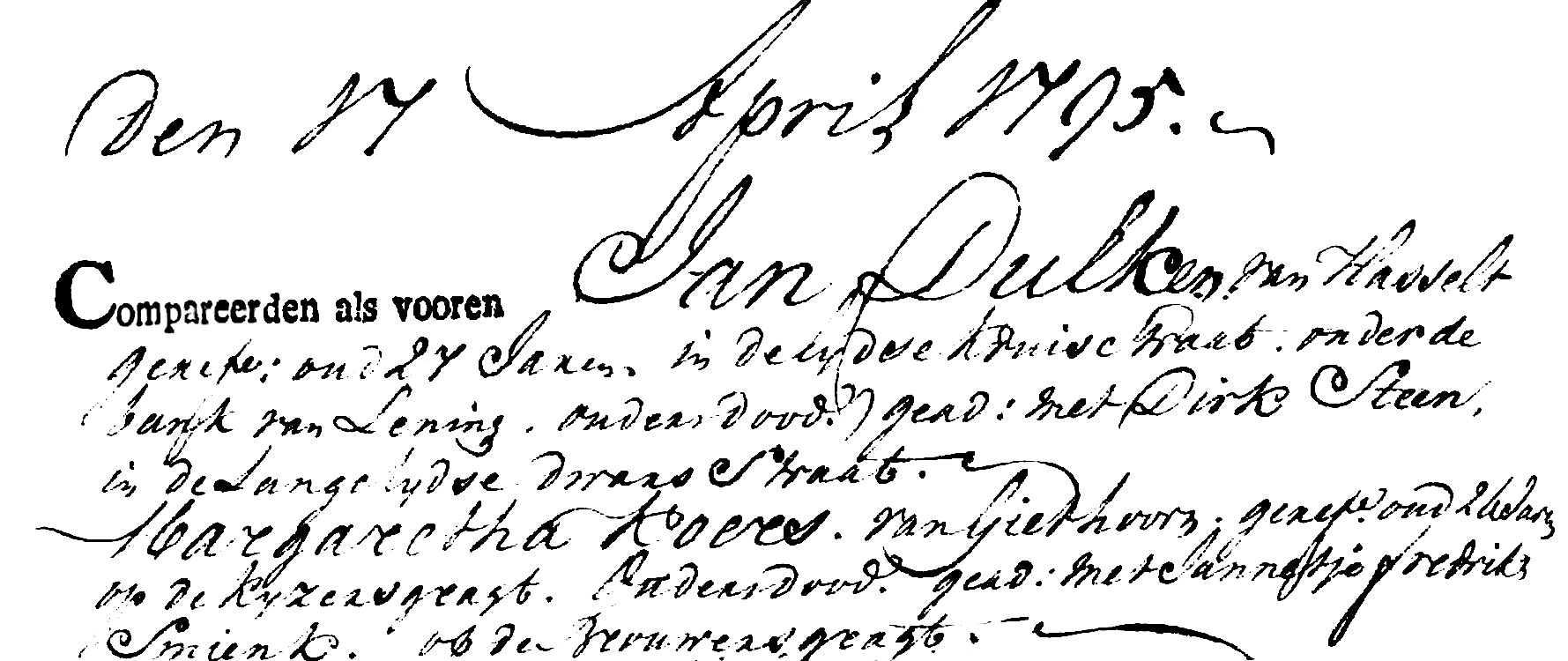Hans Meijer videos
After a Higher Technical College (HTS) course in electrical engineering, Hans Meijer attended the conservatory to study classical guitar where he specialised in playing the romantic guitar; he also studied renaissance and baroque lute music; Spanish and Italian vihuela; and also theorbed baroque and renaissance guitar. While a HTS student he already built his first Flemish harpsichord, followed by copies of original guitars, lutes, vihuelas, harpsichords & clavichords; he also learnt to restore square pianos. This enabled him to acquire a large collection of historical instruments which are now being used in performances of lesser-known or unknown pieces from the early history of these instruments, such as music for renaissance and baroque lute; for renaissance and baroque guitar; romantic guitar; vihuela, virginal and clavichord music; and early romantic piano music. From 1978 Hans Meijer was employed as recording-engineer-editor for Philips Classics. In order to make the most of his acquired knowledge of classical music, instruments and recording techniques, he founded the Foundation Musick's Monument in 1992.
JOANNES DANIEL DULCKEN 1747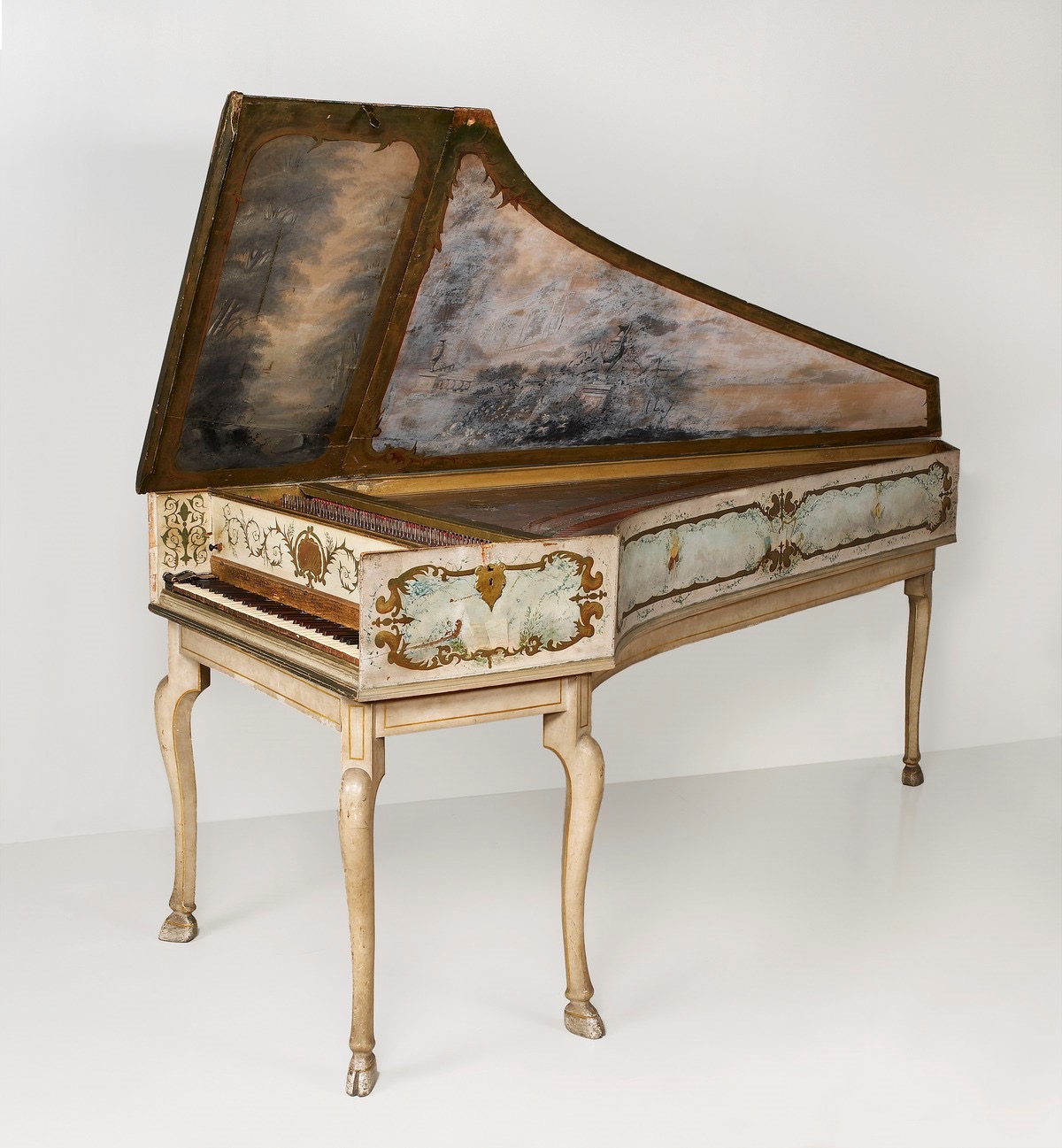
GENEALOGIE MEIJER & DULKEN
• Johannes Daniel Dulcken (21 April 1706 – 11 April 1757)
• Johannes Lodewijk Dulcken (15 April 1735 – 1793/1795 )
• Johannes Dulcken ( 26 December 1768 - ?)
• Alida Dulken ( 11 Januari 1809 - Ter Eem 12-05-1859) x Johan George Meijer ( 7 September 1806 - ?)
• Carel Hendrik Meijer 1846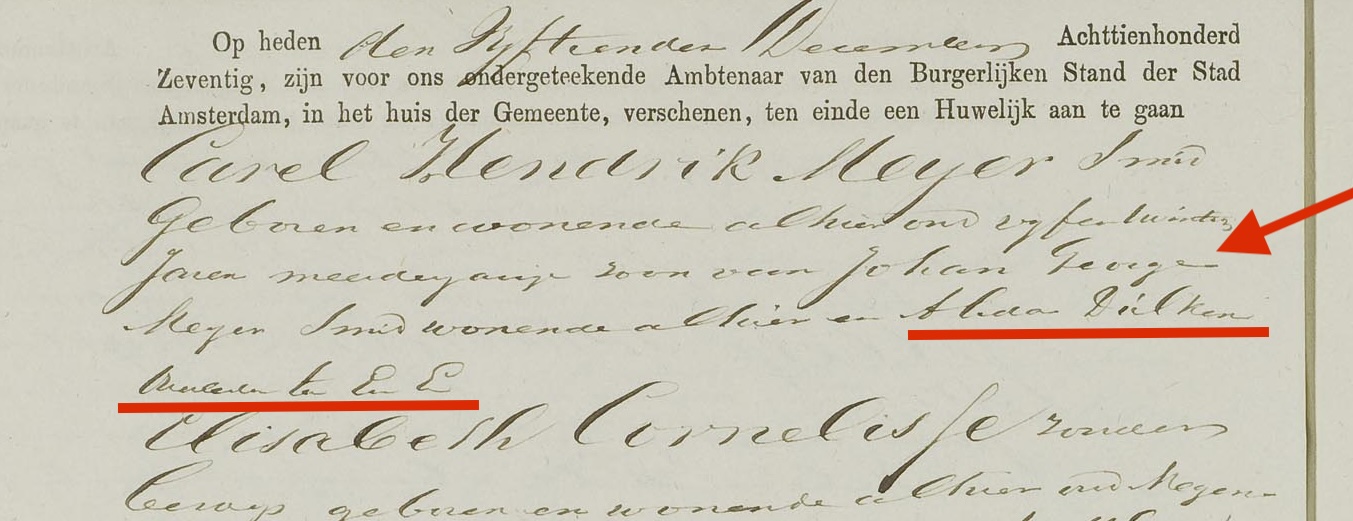
• Matthijs Nicolaas Meijer 1882
• Matthijs Nicolaas Meijer 1914
• Hans Meijer 1949
Johannes Dulcken geboren te Hasselt 1768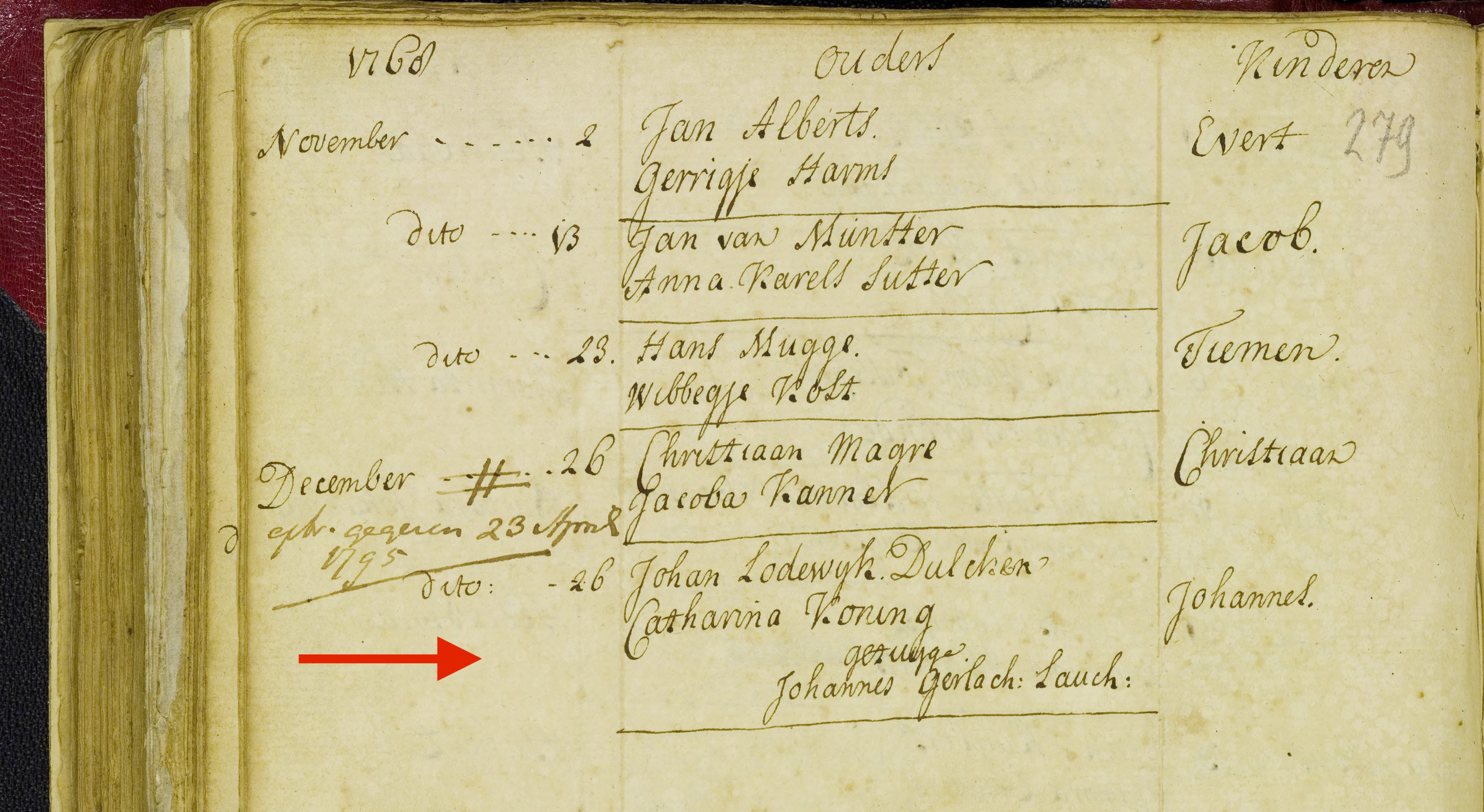
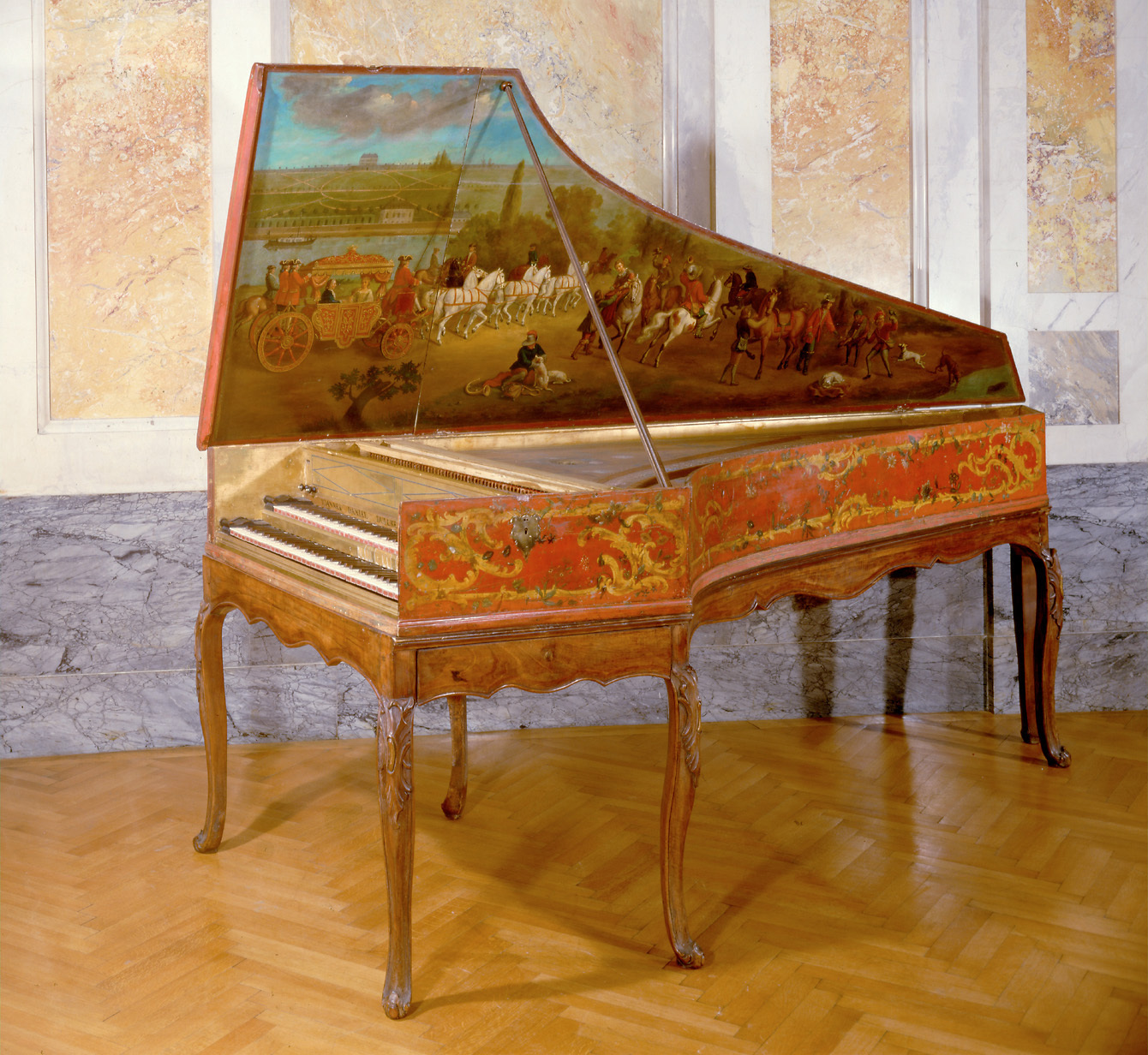
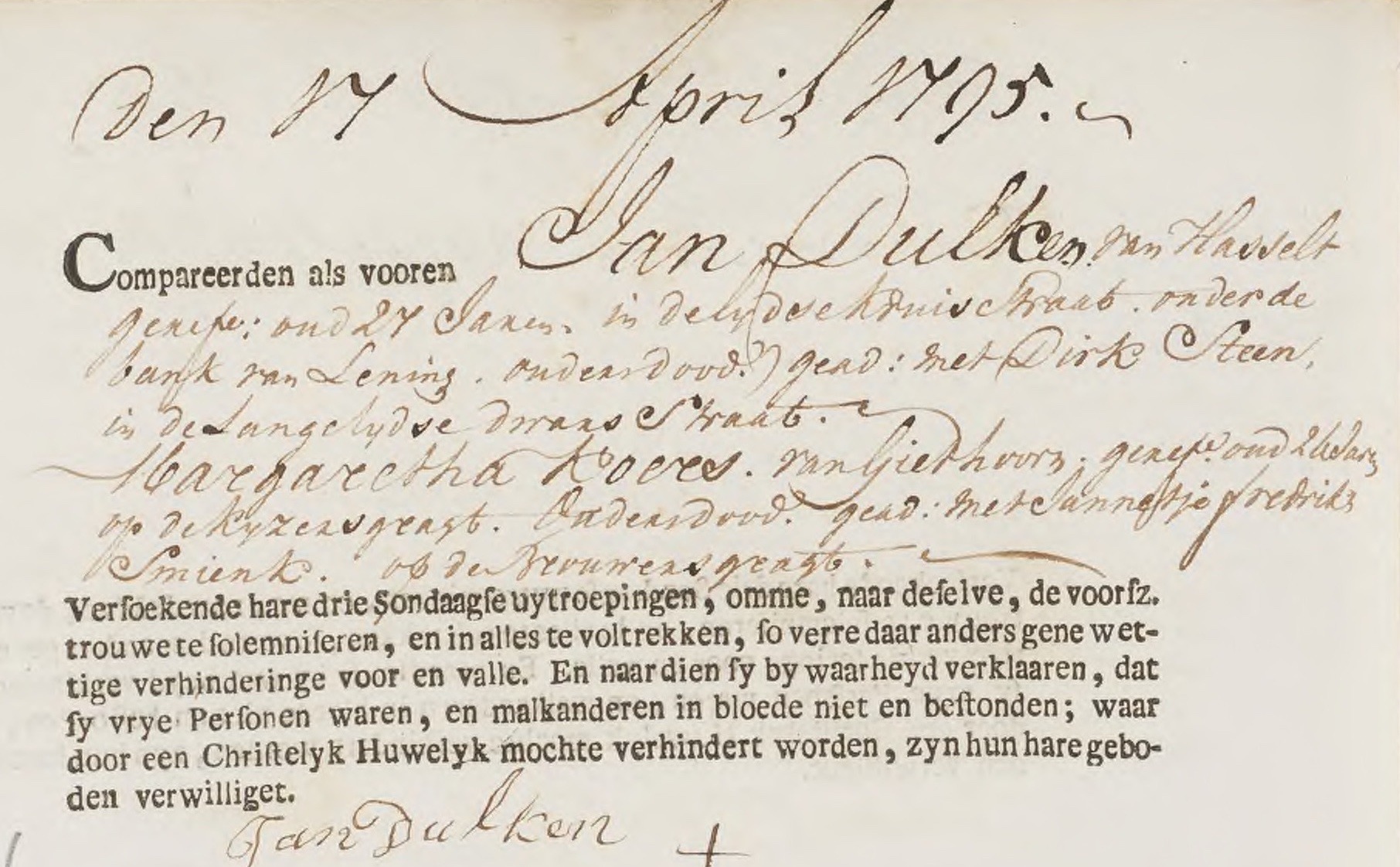
JAN DULKEN GEDOOPT TE HASSELT 1768
GETROUWD MET MARGARETHA KOERS 17 April 1795
Den 17 April 1795
Compareerden Jan Dulken van Hasselt gereformeerd: oud 27 jaren, in de Lydsekruisstraat onder de bank van Lening. ouders dood. gead: met Dirk Steen, in de langelydsedwarsstraat.
Margaretha Koers. Van Giethoorn. Gereformeerd oud 26 Jaren op de Kyzersgragt. Ouders dood. (Johan Lodewijk [Louis] Dulcken I & Catharina Koning) gead. met Jannetje Frederiks Smienk. Op de Brouwersgragt.
Jan Dulken is vanaf 1795 ieder geval in Amsterdam waar al zijn kinderen geboren zijn. Als zoon van een clavecimbelbouwer zal hij in de instrumentbouw gewerkt hebben. Bij het trouwen van zijn dochter Alida met Johan George Meijer, smid, geeft hij als beroep timmerman op. Overigens wordt Hans Meijer (van 1949) drie huwelijken erna geboren en gaat zonder deze kennis van zijn voorouders clavecimbels bouwen in 1973.
 Foundation Musick's Monument
Foundation Musick's Monument